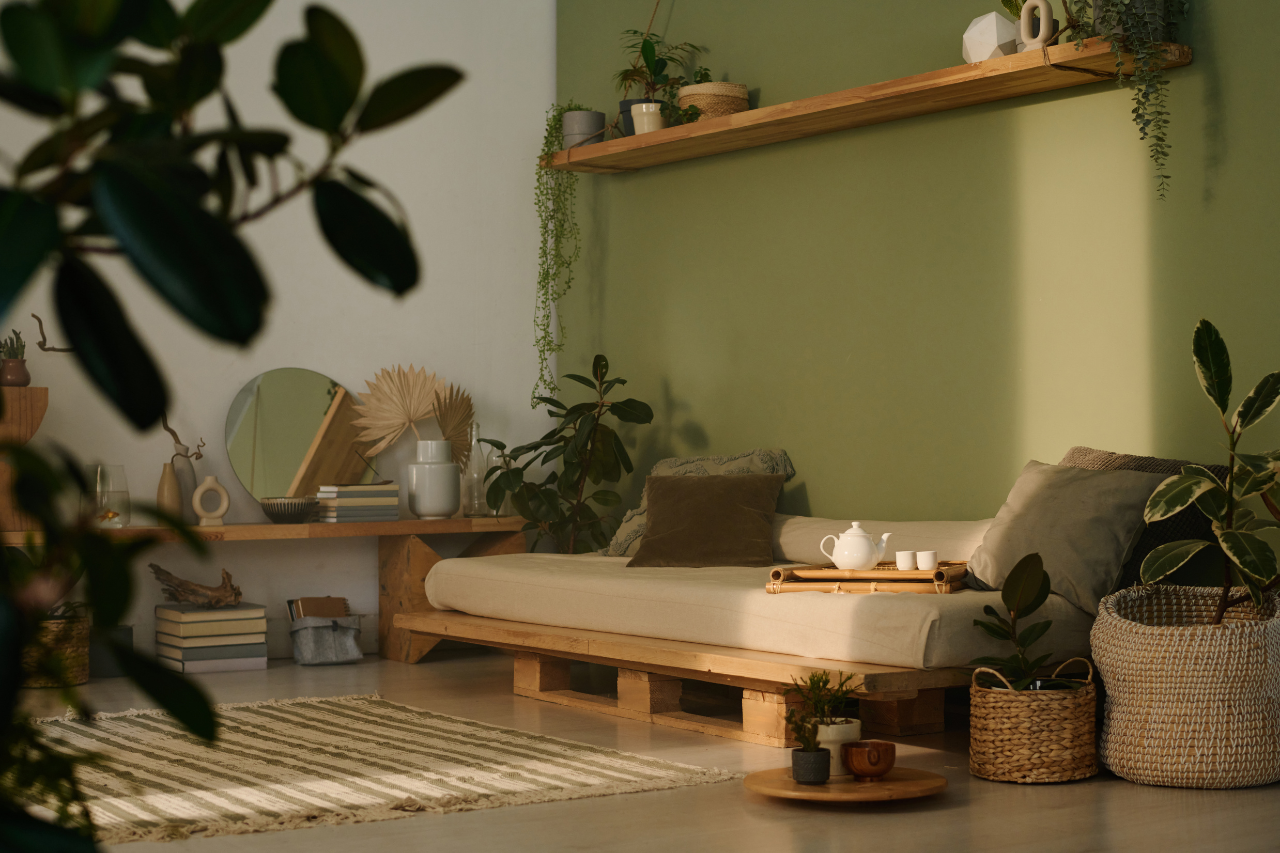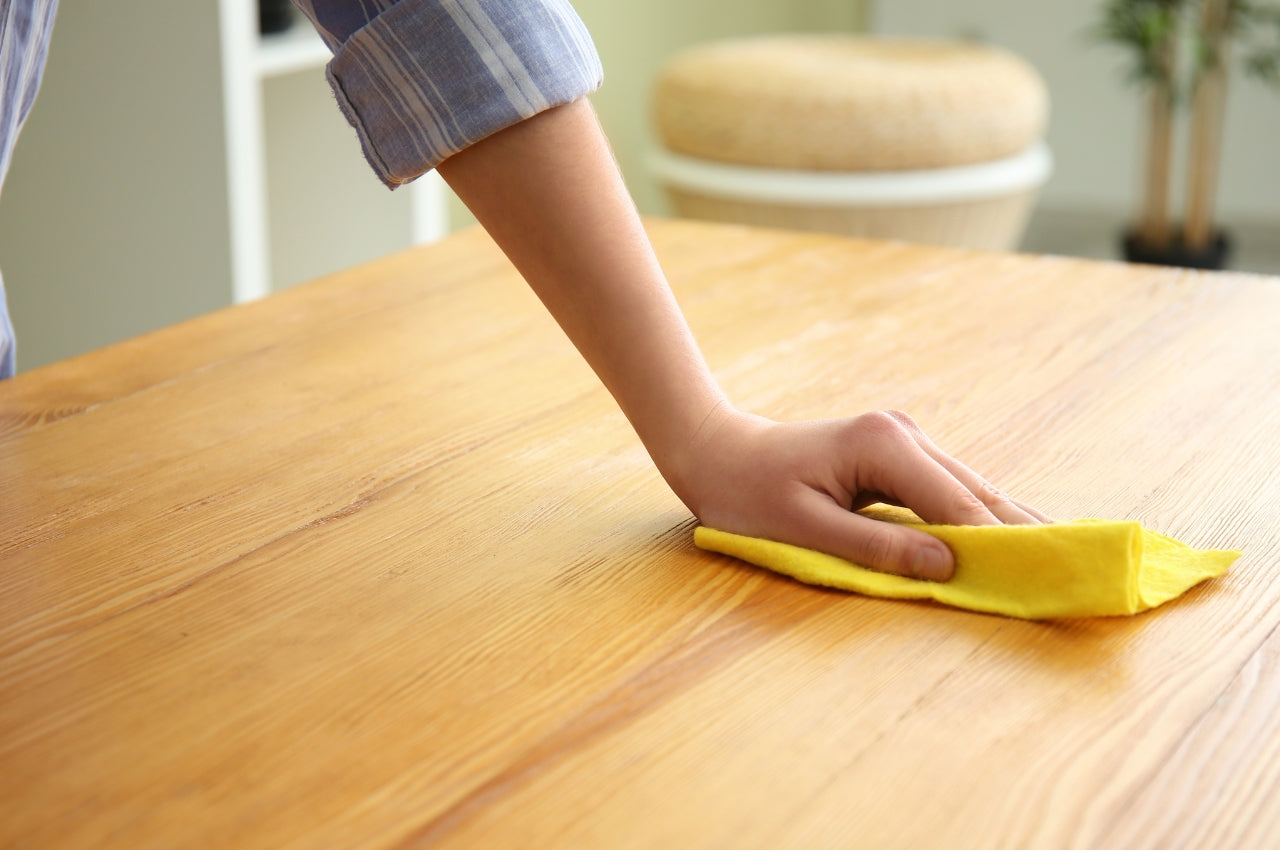We have more resources than ever to make our spaces beautiful. With just a quick search, we can put together a mood board for our dream home—inspiration is right at our fingertips. But isn't it ironic how many homes today seem to follow the same blueprint?
Maybe it's the algorithm. We scroll through our social feeds, and we're constantly bombarded by content that we might like until, eventually, it's decided for us by some invisible string that this is what we want. Before we know it, we're copy-pasting the same looks over and over again. Sure, our spaces end up looking prettier and more coordinated...yet, at the same time, feel soulless?
So, how do you create a space that has personality and feels truly you? How can you style it in a way that it gracefully evolves even as your style shifts over the years? Read on, and you might find some of these tips helpful:
1. For Basic Furniture Pieces, Choose Those That Age Well
Think of basic furniture pieces as the backbone of your space. Without these essentials, your rooms are considerably less functional.
Take time to identify what you truly need, not just things you think you should have because it's the standard. Maybe you don't need a three-person sofa. Perhaps you can use a foldable table in place of a regular dining table. The point is, whatever pieces you decide as basic, they are foundational to everyday living. Even if your style evolves, these core pieces will most likely stay. So, choose designs that are simple and adaptable.
Take the sofa, for instance. A sofa with a compact body, clean lines, and a minimalist aesthetic can age beautifully. You can style it with throw pillows, changing the covers seasonally, or reupholster it in a new fabric altogether to achieve a new look.
Compare this to the overstuffed, heavily patterned sofas of the 1990s. They were trendy then, but today they appear dated. Meanwhile, many pieces from the 1950s still look current. This is what it means for a piece of furniture to age well. You can imagine yourself using it 10 to 20 years from now, looking fresh as ever, and only needing a few minor tweaks to make it feel more like the present you.
2. Explore Mid-Century Modern Design—You Might Find Pieces You Like
We've said this before, many times actually: mid-century modern furniture is about as timeless as it gets. Some of the most iconic designs of the past century were created sometime between the 1940s and 1960s, and many of them are still in production today. That says a lot about their ageless quality.
The beauty of mid-century modern design isn't just in its clean lines and slender, tapered legs (although yes, those are quintessential features. It's also in the diversity of shapes and materials. Think of Arne Jacobsen's Egg Chair and Isamu Noguchi's Coffee Table: soft, sculptural, and organic.
The more you explore MCM design, the more you'll discover that there are many ways to play with form and texture to avoid a rigid, overly minimal look and bring warmth into your space. You'll also get acquainted with the features that make certain pieces timeless, so you have some sort of guide when looking for furniture.

3. Mix Old and New
If every piece in your space looks brand new, like it came from the same store, the same era, the same style, your home can end up looking a little...flat. This feeling is pretty similar when you check a showroom or a staged home for an open house.
To avoid that "matchy-matchy", one-dimensional vibe, try mixing old and new. Pair a sleek, modern sofa with an antique coffee table. Let a minimalist dining table sit on a timeworn rug. This kind of layering creates visual depth in your space, making it feel beautifully decorated and collected, but with personality.
The key, though, is balance. Without it, there's a danger of ending up with a chaotic and disjointed space. Focus on finding a thematic thread, such as color, shape, material, or mood, that ties the combination of old and new together.
4. Get Inspired, But Don't Copy
The fastest way to erase your personality from your space is to copy someone else's top to bottom.
It's tempting to create an exact copy of that Pinterest-perfect room or follow every detail from a project by your favorite design influencer. Sure, doing this makes your space pretty, but you're essentially turning your home into a carbon copy. Ask yourself: which corners of this space truly feel like me? Does this piece make me happy? What's meaningful to me?
One of my favorite YouTube channels is Living Big in a Tiny House. So many of the shipping containers and trailer homes featured have similar floor plans and layouts. Somehow, though, each homeowner manages to make their space unique, with just small details that reflect their personality. Reused stained glass windows, a small handmade bookshelf, and little cubbies that are perfect for their very individual needs. Even in a modular, prefab home, you can find ways to weave in your personality.
5. Choose Items That Don't Break Apart Easily
Quality over quantity, always.
When it comes to furniture, choose durable pieces that can handle the wear and tear of daily life.
Cheaply made furniture often relies on particleboard, glue, veneers, or laminate that may deteriorate over time. Once the surface peels, the joints loosen, or, worse of all, moisture seeps into the interior, it's game over.
Hardy materials like solid wood, for example, can be sanded and refinished whenever you feel like giving it new life. Classic pieces like the Cesca chair, with its combination of metal and rattan, can be repaired by a skilled craftsman if needed. Yes, high-quality pieces cost more upfront. But you might end up enjoying a return on your investment when a piece you purchased decades ago still looks sturdy and solid as ever.
6. Have Fun with Things You Actually Like
At the end of the day, it's your space. Fill it with things that make you happy.
Find corners in your home to display your favorite things so that, through them, you can tell your story. A collection of vintage vinyl, a woven rug you bought at a flea market, and a framed collage of the plane tickets in your travels.
Try not to get so caught up in curating the perfect look or following all the design rules that you forget to enjoy the process. The best spaces, the ones that age beautifully over time, aren't the ones that follow every trend or rule. They're a mix of what's practical and simple, combined with the things that genuinely speak to you.



Leave a comment
This site is protected by hCaptcha and the hCaptcha Privacy Policy and Terms of Service apply.